Imagining the Splendor of Ancient Corinth
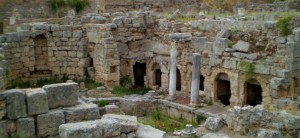
In the heart of ancient Corinth, between the extensive market and the main road to the sea, there was an Imperial Roman monument that was designed to be unforgettable. The Prisoner’s Facade was constructed by Septimius Severus (145-211 CE) to celebrate his victory over the Parthians. The elaborate two-story tapestry in marble depicted vanquished, captured soldiers and the victorious Roman army. Perhaps the boldest element of the prisoner facade were four sculptural columns that each included a statue of a docile, captured youth in oriental costumes.
This exotic sculpture and fantastic architecture was typical of Corinth – the Roman capital of the Greek province. Lively, international, and wealthy, ancient Corinth figures into Greek, Roman, and early Christian history. While today there are only neglected embers of its former glory, you can still picture the excitement of ancient Corinth in the expansive but slumbering ruins and in the unique museum pieces like this beautiful column of a captured man.
While there were earlier settlements, the founding of Corinth along the strategic Greek isthmus dates to about 1000 BCE. Corinth served as the capitol of the anti-Persian alliance in the 4th century BCE. Having suffered great damage trying (unsuccessful) to hold off a Roman take-over, the city was rebuilt in the glorious style of imperial Rome around 44 BCE.
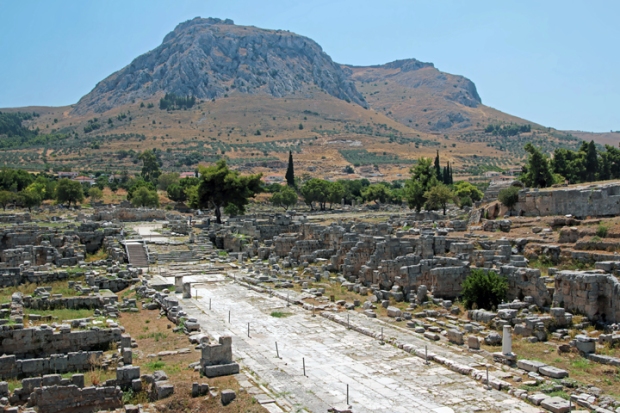
View of the central market street, Corinth archaeological site (Photo: Flickr, Edoardo Forneris)
Corinth’s population was a large as 800,000 in the early 50’s CE when the Christian apostle Paul arrived. Because of its prominence as a trading center, the residents hailed form all over the Hellenic world. Without the Roman empire, Corinth declined and was ransacked by northern European barbarians. The ruined city, and the Peloponnese as a whole, bounced back and forth between the Turks, the Knights of Malta, Venetians, and Greeks until the modern era.
Over the last 100 years, slow archaeological excavation has brought much of ancient Corinth to the surface. Today most structures are cleaned of plants and debris but have not been reconstructed. Shops, streets, fountains, and temples are distinguishable only by their foundations. Wandering through the multi-tiered ruins and broad,well-paved roads, I was impressed by the size of the city’s core.
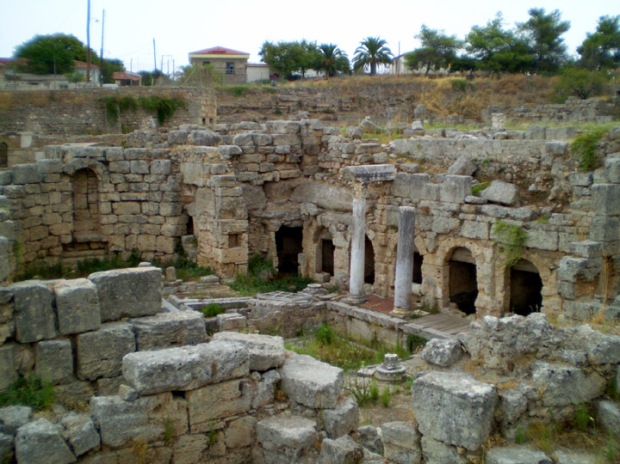
The Fountain of Pyrene, Corinth. This 2nd century CE reconstruction of a 6th century BCE fountain would have been more like a pool complex than a “fountain”.
My favorite building in Corinth was the Fountain of Pirene which was in fact an extensive pool complex fed by a natural spring. According to Greek mythology, Pirene was a water nymph who burst into a pool of tears upon learning of her son’s accidental death. Because these fountains carried divine significance, they were elaborately decorated with an Ionic arcade of Poros marble.
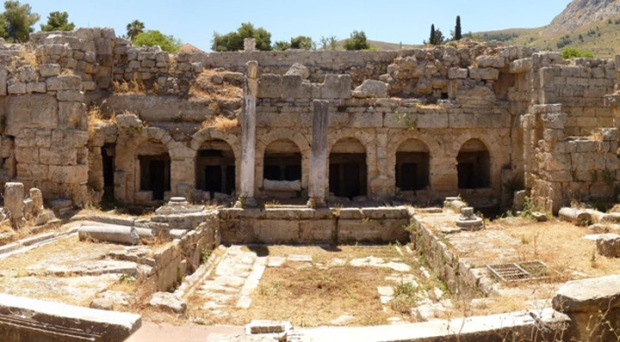
Inside the Fountain of Pirene. (Photo: Wikicommons)
Since there is very little signage on site, visiting Corinth requires imagination but can still be very rewarding. The consistency of Roman cities means visitors can usually pick out the temples, civic buildings, and shops.
The archaeological museum on site was surprisingly basic in how it presented its pieces. There were centuries of pottery on display, votive terracotta temple offerings, decorative marble architectural elements, bronze mini-deities, and domestic mosaics. I was just shocked to find things arranged in old wood and glass cases. Some things were just stacked on open shelves – one wayward backpack and we could lose a 1000 year old vase!
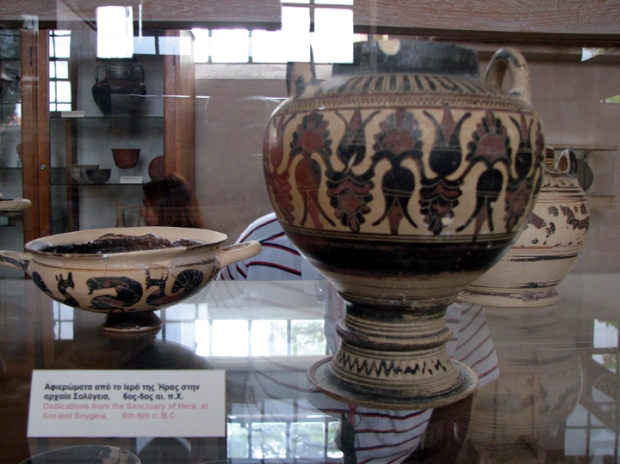
Meager display cases at the Corinth Archaeological site Museum (Photo: Flickr, Al and Marie)
The overall impression of the museum was like being in a lost villa viewing the collection of a rich eccentric. The quality of the work on display was impressive but the presentation of the pieces was shockingly simple.
The ruins of Corinth are definitely worth visiting if you are passing through the Peloponnese. What is lacks in completeness, it makes up for in scale. You just need to like exploring and make sure to bring your imagination.
More information on visiting Corinth from the Greek Ministry of Culture and Sports.
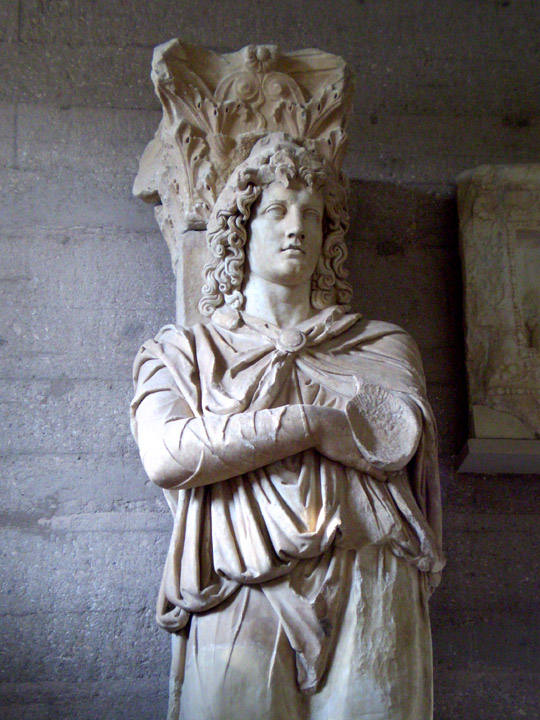
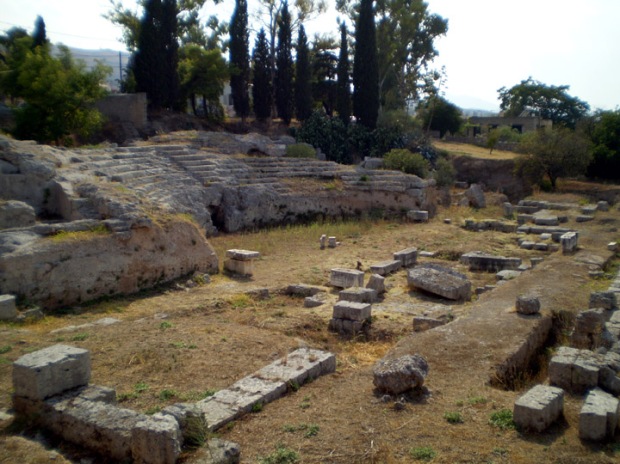
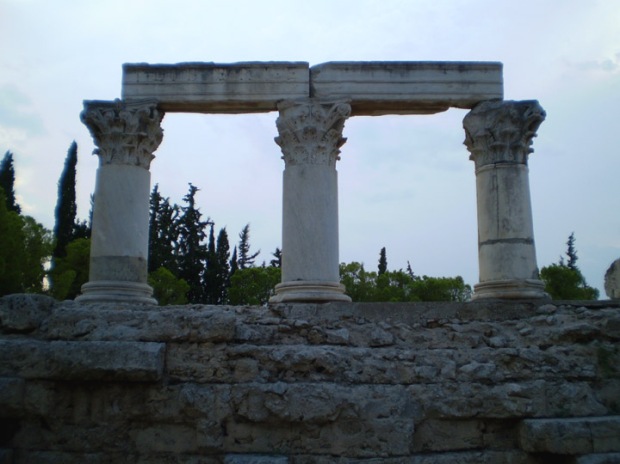
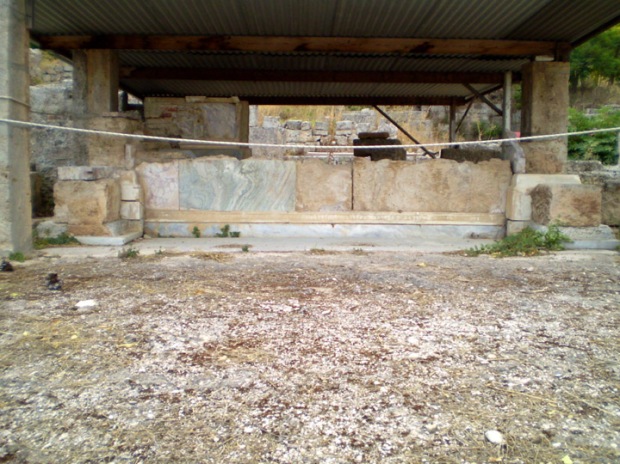
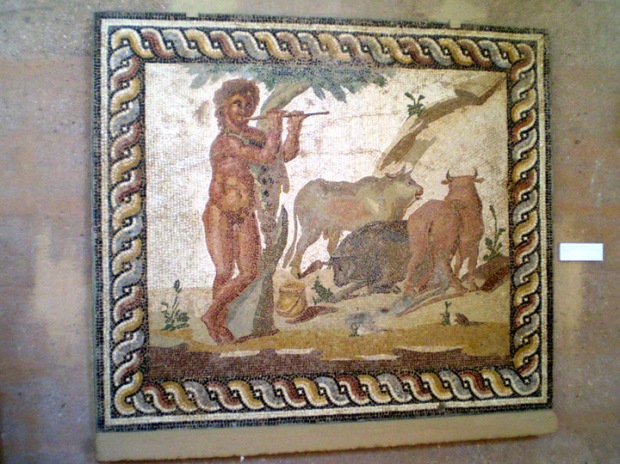
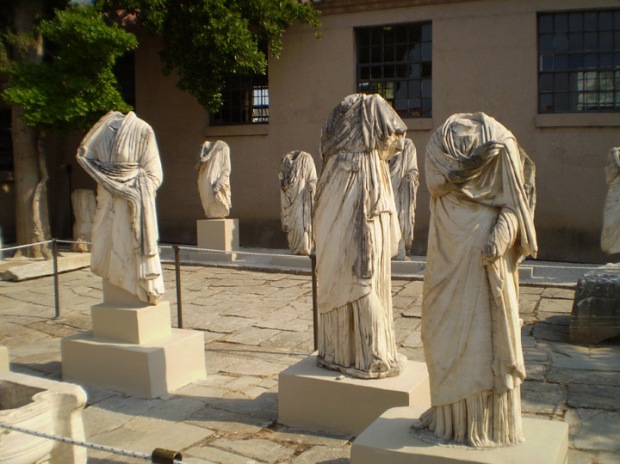
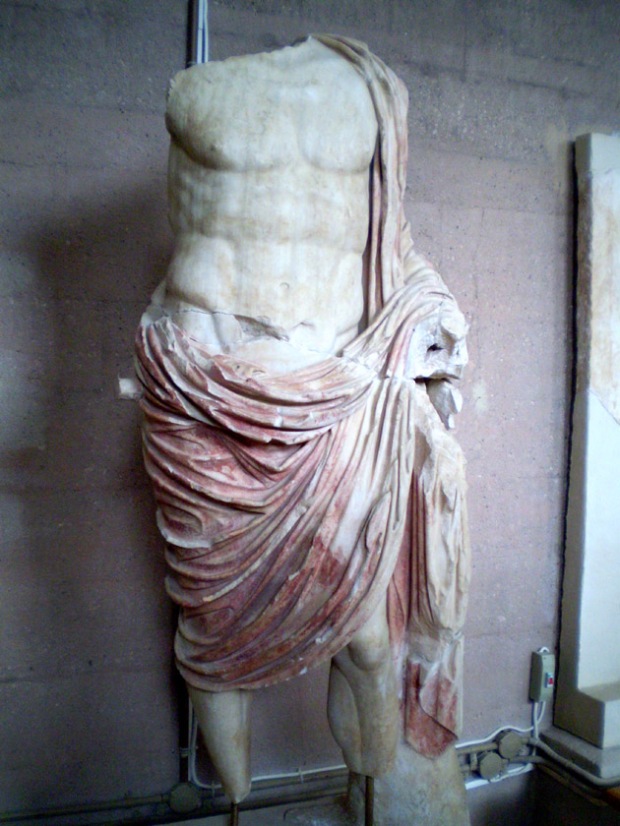





Such a fascinating place and your captures really bring me there with you. Love the background information too.
LikeLike
Thank you! 🙂
LikeLike